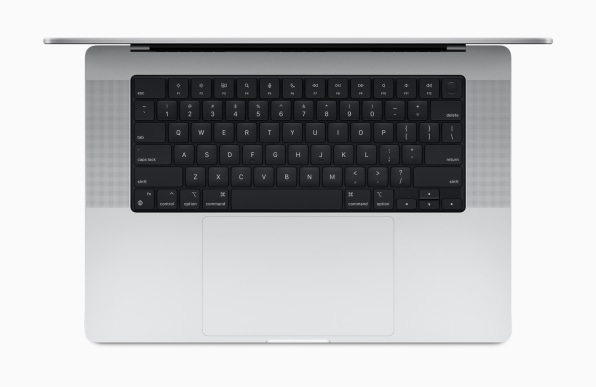

The newer and faster UHS-III interface can achieve a speed of up to 624 MB/s, double that of the UHS-II standard supported by Apple’s latest and greatest ‘Pro’ laptop. Established by the SD Association, the SDXC bus interface falling under the UHS-II bracket offers a peak data transfer speed of 312 MB/s. However, the company has told The Verge’s Dan Seifert that the slot supports the older UHS-II standard. Related: Why MacBook Pro's M1 Pro & M1 Max Graphics Upgrades Are ImportantĪpple’s official product pages for the MacBook Pro don’t mention the SDXC card bus interface. But it appears that one aspect flew under the radar amidst all the excitement concerning the SD card’s output. However, the return of I/O options such as an HDMI port, the upgraded Thunderbolt 4 USB-C ports, and the SD card reader is what power users have been craving for years. The new M1 Pro and M1 Max processors stole most of the limelight, thanks to some impressive performance gains compared to Apple’s own M1 chip and previous-gen 16-inch MacBook Pro from 2019. Nevertheless, the company wowed eager fans with its 14-inch and 16-inch MacBook Pro updates that pack an all-new mini-LED display with an ugly notch, better keyboard, improved thermal design, higher-resolution front camera, and faster chips. Applemade sure that the refreshed MacBook Pro is loaded to the gills with top-of-the-line hardware, but the company forgot to extend the same treatment to the SD card reader, which is stuck at the two-generation-old and slower UHS-II standard.


 0 kommentar(er)
0 kommentar(er)
